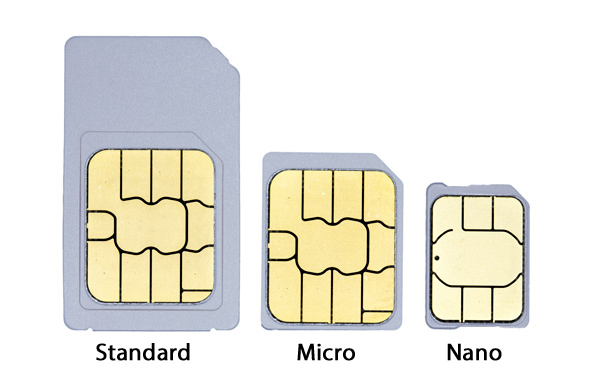Ever wonder how your cell phone company like Verizon, AT&T, T-Mobile, or Save Mobile, know what physical phone you are using and how they send you service? This is all accomplished by a tiny, portable memory chip, that stores information about you as a cell phone user. Each SIM card has a 17 digit code that is able to tell the cell phone towers who the service provider is and where to direct the service to. Your service provider, like Save Mobile, is then able to take the data sent to it and matches up that number in its database to know who the user is using the cell phone.
SIM cards are super handy, because they can easily be taken out of your phone and transferred into a new phone, when you decide to buy yourself that new iPhone, or Samsung Galaxy, or Google Pixel.

What are the different types of SIM cards? Over the years the standard SIM card has changed. On older phones you would see the biggest card as the standard. Over the years it got smaller and smaller to the Micro, and now the standard you would see is Nano.
Some phones like the new iPhone do not even have SIM cards anymore and only have built in eSIMs. eSIMs operate the same way as a standard SIM card, but with out the physical card inside your phone. These make swapping out your phone a little more difficult, because you can not just swap out your SIM card to another phone whenever you want it.

